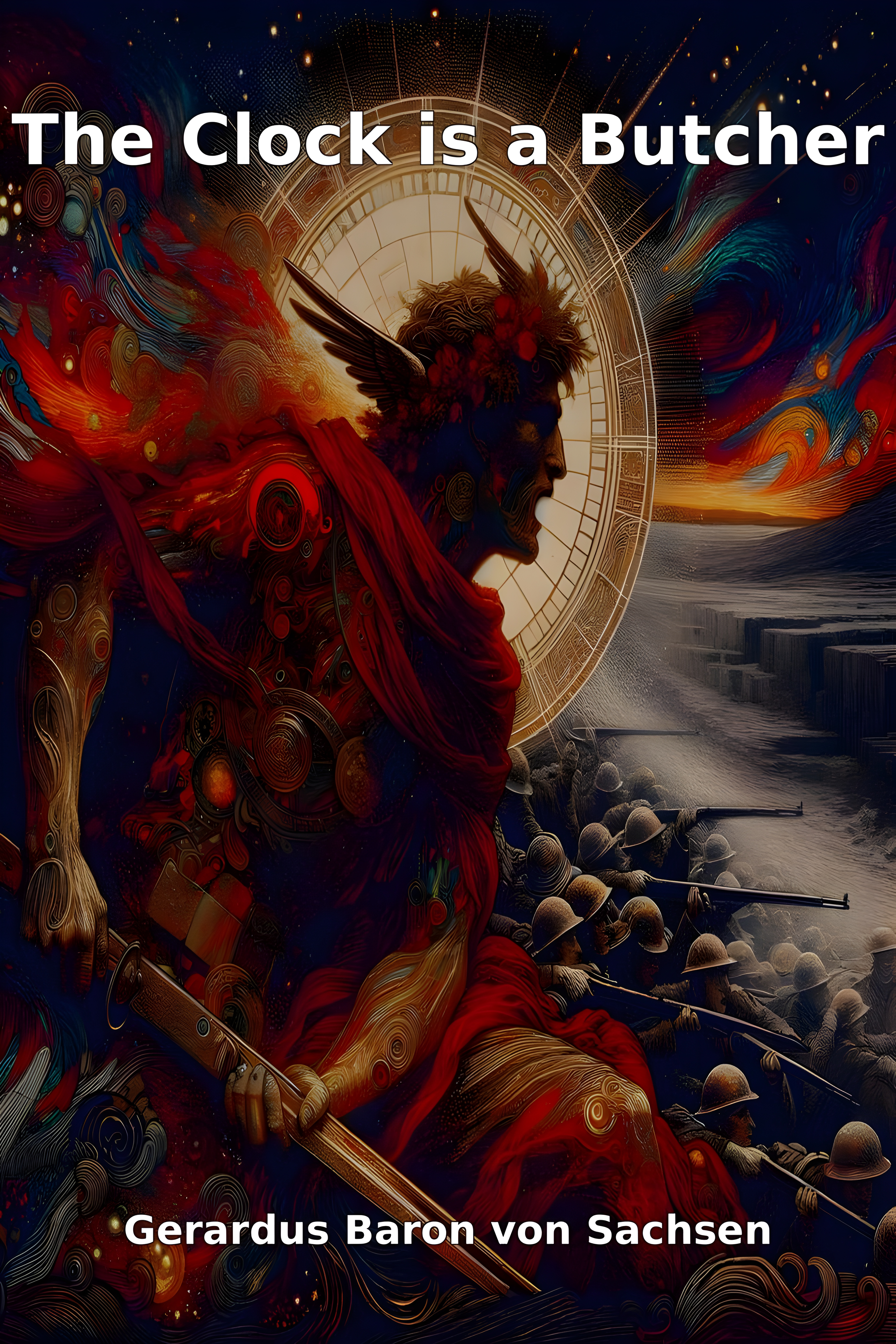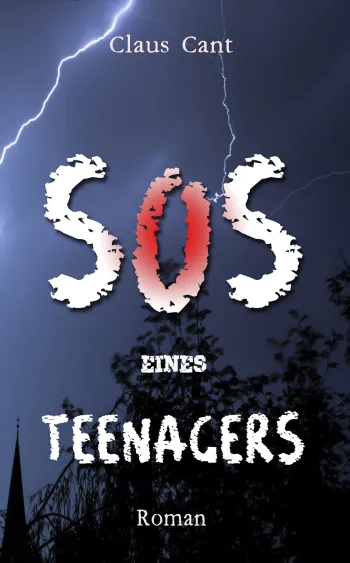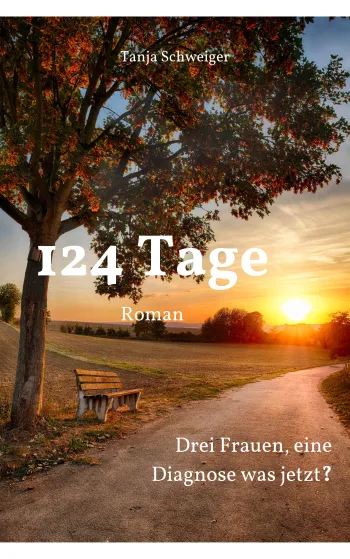Buch entdecken
Erfahre mehr über dieses Buch


The Clock is a Butcher
-
Jetzt registrieren & lesen
Bereits registriert?
Hier anmelden
Bei Amazon kaufen
Über dieses Buch
CB - In-Depth Analysis of “The Clock is a Butcher”
Gerardus Baron von Sachsen's *The Clock is a Butcher* is not merely a poetry collection; it's a visceral, unflinching autopsy of the human condition, a symphony of despair, desire, defiance, and fleeting beauty played on the raw nerves of existence. It transcends confessional poetry, becoming a mythopoetic exploration of time, mortality, the body, faith, love, and the act of creation itself. Here's a breakdown of its core meanings and purposes:
Central Metaphor & Core Meaning: Time as Violence
* The Butchering Clock: The titular poem establishes the collection's brutal central thesis: time is not a neutral flow but an active, violent force ("the clock is a butcher. / it carves you down in tiny, invisible slashes"). This isn't just aging; it's a systematic dismemberment of identity, potential, relationships, and innocence. Childhood dies unnoticed ("the kid you were / is dead"), dreams become "dust," and life accumulates as layers of dead skin peeling away.
* Existential Urgency: This relentless temporal violence creates a profound sense of urgency and despair. It forces confrontation with mortality ("you get winded tying your shoe") and the crushing weight of lost opportunities ("all the things you thought you’d do... they are not waiting for you. / they are dead things now"). It strips away illusions of control or grand narratives of purpose.
* Survival vs. Living: Poems like "A Boxer - The Inside" and "A Boxer - The Outside" embody the struggle against time's butchering. Boxing becomes a potent metaphor for the brutal, repetitive, often degrading fight for mere survival ("It’s about surviving," "Not boxing. / Not life. / Just survival."). The boxer's battered body is the human condition incarnate.
The Body: Battlefield, Altar, Instrument, Elegy
* Site of Suffering & Decay: The body is constantly under siege – by time ("The Clock is a Butcher"), violence ("Passion Cycle," "Bringer of War" sequence), disease ("Marabu"), and decay. It's depicted in raw, often grotesque detail: sweat, blood, bruises, stench, rot, malfunction. "Metamorphosis of the Last Man" exemplifies this, transforming a predatory man into a cockroach-like embodiment of urban decay and repressed desire.
* Site of Ecstasy & Connection: Simultaneously, the body is the primary vessel for intense experience, particularly erotic love. Poems like "A Love Poem," "The Chalice of Her Silence," "The Perfume of the Soul," "Between Sheets of Skin," and the "8 Love Poems" sequence depict eroticism as transcendent, spiritual, even destructive communion. It's a desperate antidote to isolation and a defiant assertion of being ("Desire, in this book, is how / we remember we are real" - Intro). The saxophone in "The Woman in My Hands" and "Jazz" extends this, making the body an instrument for artistic expression and release.
* Sacred & Profane: The body is constantly sacralized and desecrated. Religious imagery (altars, sacraments, cathedrals, prayers) is fused with eroticism ("Her thighs were altars," "Our sex, a Mass," "The Cardinal’s Mistress Speaks in Tongues") and visceral decay. This fusion ("sacred filth") challenges puritanical religious notions and reclaims the body as inherently holy *in* its messiness and desires.
Deconstructing Faith & Myth
* Theology as Wound, Not System: The Introduction states the poems explore myth and theology "not as systems to obey, but as wounds to inspect." This is enacted dramatically:
* Passion Cycle & Passion of Christ: These sequences strip the crucifixion of divine spectacle, reframing it as raw, intimate human tragedy and political execution. Christ's suffering is intensely physical and psychological ("He stumbles. / Not because he is weak, / but because the world is heavier than expected"). God the Father is often silent, distant, or absent. Resurrection ("Resurrection is not a fireworks display") is presented as quiet, embodied persistence ("a man / eating fish / with hands / still torn open").
* Lucifer: Presented not as pure evil, but as a complex figure of rebellion, desire, empathy for the outcast, and a challenge to authoritarian structures ("I was banished for desire. / Which is the truest sin / because it means / you are alive"). He embodies the "wound" of questioning divine authority and celebrating human (and angelic) autonomy and sensuality.
* Inside God / Outside God / Within Humanity: This triptych is crucial. "Inside God" portrays a profoundly lonely, uncertain, almost pathetic figure trapped by his own creation and need for recognition. "Outside God" represents freedom, chaos, sensuality, and rejection of divine authority/guilt. "Within Humanity" captures the messy, contradictory, suffering, yet resilient human experience caught *between* these realms ("I am neither light nor darkness. / But the dim hallway where both hesitate"). It dismantles the idea of humanity being simply "made in God's image," emphasizing our flawed, earthy reality.
* The Failure of Institutions: Organized religion (especially Catholicism) is frequently depicted as hypocritical, corrupt, and oppressive ("The Cardinal’s Mistress," "A Crown for a Jester" - particularly the jester's role exposing the court/church's sins).
The Haunting Power of Place & Memory
* Roots & Exile: Poems like "The Town That Breathes in Me" ('s-Heerenberg) and "Oud - The Infinite Note" (Tangier) explore the deep, visceral connection to place. The hometown is internalized, a compass and cradle, its landscapes and memories (especially first love) permanently etched. Exile and travel ("Jazz") highlight dislocation and the search for belonging.
* Memory as Ghost: The past isn't gone; it haunts. Childhood ("The Clock is a Butcher"), lost loves ("The Town..."), dead brothers ("Marabu"), and personal failures linger as ghosts, shaping the present. The "Sailing" sequence can be read as a nightmarish voyage through memory and guilt, culminating in the void and cyclical damnation ("Sailing X – The Void").
Art as Confrontation, Survival, and Imperfect Salvation
* Writing the Wound: The Introduction frames the book itself as "a wound" and the act of writing as tracing, tasting, and screaming that wound. Poetry isn't escapism; it's confrontation ("Ultimately, this book does not offer resolution. It offers / confrontation").
* Saxophone as Voice: In "The Woman in My Hands" and "Jazz," the saxophone becomes the poet's primary voice and lover. Playing is a physical, desperate act of communion and release, a way to momentarily transcend loneliness and existential dread ("When I am with her, there is no past..."). Yet, it leaves a "hollow" silence afterward.
* Form & Chaos: The collection showcases mastery of form (sonnets, villanelles in "A Crown for a Jester," structured odes) alongside raw free verse and surreal improvisation (Intro). This mirrors the thematic tension between the "formal precision" we crave and the "surreal improvisation" of chaotic existence. The "Sailing" poems use relentless repetition to evoke hypnotic dread and inevitability.
Political Undercurrents
* The Insistence on Survival: As stated in the Introduction, the politics aren't sloganeering but embedded in the "insistence on survival" amidst suffering and the "refusal to sanitise." It bears witness to the unspeakable.
* War as Perfume: The "Bringer of War" sequence (I-V) is a harrowing, surreal, and brutally honest depiction of war's dehumanizing horror, absurdity, and cyclical nature. War isn't just history; it's a pervasive, intoxicating, self-perpetuating force ("Bringer of War I," "Bringer of War 5" especially). It critiques the machinery of power, nationalism, and the human capacity for destruction ("You do it for me. Like faithful priests" - Bringer of War 5).
Purpose: Why This Book Exists
1. To Bear Unflinching Witness: To stare directly into the abyss of time, mortality, suffering, desire, and human frailty without blinking or offering easy comfort.
2. To Reclaim the Body & Erotic: To celebrate the body – in its ecstasy, its decay, its sacredness, and its profanity – as the fundamental site of human experience, challenging religious and societal taboos.
3. To Deconstruct False Idols: To critically examine and dismantle comforting myths, particularly traditional, authoritarian religious narratives, exposing their contradictions and human costs.
4. To Find Beauty in the Ruins: To locate moments of "strange beauty," tenderness, and connection ("Sonnet for the Leftovers," "Sonnet for the Quiet Hours," moments in "A Love Poem") amidst the pervasive darkness and violence, proving resilience.
5. To Make Art as Survival & Defiance: To demonstrate that writing, creating, loving, and even just enduring ("the poems keep breathing" - Intro) are acts of defiance against the butchering clock and the void. The saxophone's cry in "Jazz" is the human spirit refusing to be silenced.
6. To Offer a Haunting Mirror: To force the reader to confront their own mortality, desires, complicity, and capacity for both love and cruelty. The poems are "rooms in a haunted house you’ve lived in your entire life but never dared open until now" (Intro).
Conclusion
The Clock is a Butcher is a demanding, often harrowing, yet ultimately profound and necessary work. Gerardus Baron von Sachsen crafts a poetic universe where time is a knife, the body is a sacred battleground, faith is a bleeding wound, and love is both salvation and destruction. It offers no easy answers or redemption, but instead, a raw, lyrical, and deeply honest confrontation with what it means to be alive, to desire, to suffer, to remember, to create, and to face the relentless approach of the void. It's a book that bleeds beautifully, insisting on the luminous gleam of defiance, questions, and kisses found within the blood that follows the butcher's cut. It is, as the Introduction promises, a book to sit with, curse at, kiss, and reread in the loud silence of 3 a.m.
Bewertungen
5.0
Basierend auf 2 Bewertungen
Spitzenrezensionen
P
P.Strelow
"When Time Becomes a Blade – Poetry That Cuts and Heals"
*The Clock is a Butcher* hit me like a punch to the soul. These 50 poems don’t whisper—they howl, bleed, and ache with raw honesty. It’s dark, yes, but never empty. Gerardus Baron von Sachsen blends brutal truths with surreal beauty, mixing forms like a mad alchemist. Time becomes a blade, the body a battleground. It’s messy, vulnerable, and unforgettable. Not for the faint-hearted—but for anyone who’s ever felt too much.
G
Gerdes
"Ein Buch, das unter die Haut geht"
Manchmal stößt man auf Bücher, die einen völlig unvorbereitet treffen. "The Clock is a Butcher" ist so eines. Diese Gedichtsammlung von Gerardus Baron von Sachsen hat mich regelrecht umgehauen - nicht weil sie perfekt ist, sondern weil sie so verdammt echt ist.
Die fünfzig Gedichte sind wie ein Roadtrip durch die dunkelsten und schönsten Ecken der menschlichen Erfahrung. Hier wird nicht rumgeschönigt oder poetisch verklärt. Hier geht's um Zeit als Metzger, um Körper als Schlachtfeld und Kathedrale zugleich, um Götter, die genauso verletzlich sind wie wir. Das klingt heavy - und ist es auch. Aber gleichzeitig gibt's da diese Momente von seltsamer Schönheit, die einen völlig überraschen.
Was mich besonders gepackt hat: Der Autor mixt verschiedene Stile wie ein verrückter DJ. Mal formale Sonette, dann wieder freie Verse, die wie Jazz-Solos dahinfließen. Jedes Gedicht ist wie ein Zimmer in einem Geisterhaus - du weißt nie, was dich erwartet, aber du kannst nicht aufhören, weiterzulesen.
Die Einflüsse sind klar erkennbar - von Bukowski bis Lorca - aber die Stimme ist eindeutig eigen. Rau, ehrlich, manchmal brutal, aber immer menschlich. Besonders die Gedichte über Lust und Verlangen sind so schonungslos ehrlich, dass es fast wehtut.
Das ist kein Buch für gemütliche Sonntagnachmittage. Es ist eines für schlaflose Nächte, wenn die Welt zu laut oder zu leise ist. Ein Buch, das dich herausfordert und nicht loslässt.
Ähnliche Bücher
Diese Bücher könnten dir auch gefallen





